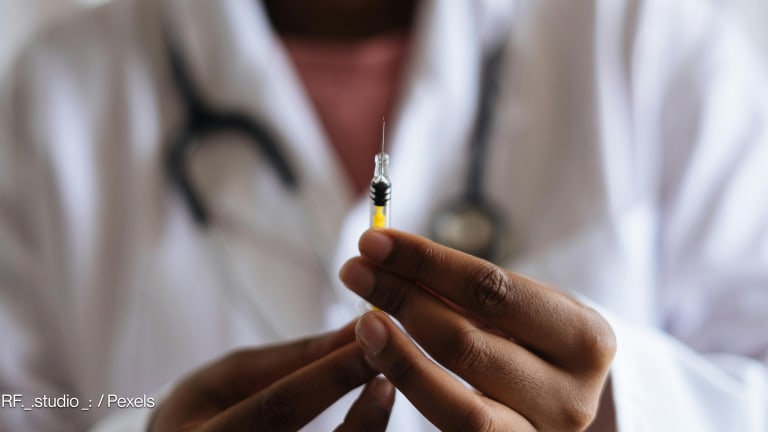By now, we all know all too well there’s no one-size-fits-all solution to HIV/AIDS.
If we are really committed to finishing off something so complex as a 40-plus-year-old pandemic, we should expand our well-intentioned push for PrEP, or preexposure prophylaxis, to also highlight PEP — post-exposure prophylaxis, an intervention that’s largely ignored to the detriment of many who need it and want it.
Why is PEP glaringly nonexistent in HIV prevention programs — not only in Kenya, where we live and work, but also across the World Health Organization African region, with 25.6 million people living with HIV in 2022, and accounting for 50% of new HIV infections globally?
Printing articles to share with others is a breach of our terms and conditions and copyright policy. Please use the sharing options on the left side of the article. Devex Pro members may share up to 10 articles per month using the Pro share tool ( ).









